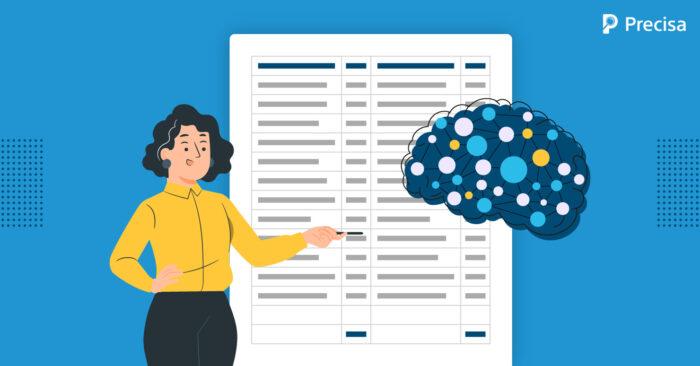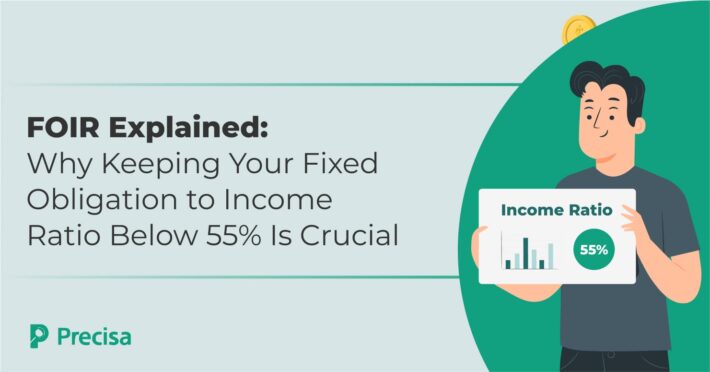Balance Sheet Analysis for Credit Appraisal: Common Challenges and Solutions

Credit appraisal is a crucial process which lenders use to make informed decisions while lending and stay away from defaults and other risks. It involves thoroughly examining the applicant’s total income, debt levels, assets and credit history. Balance sheet analysis for credit appraisal, which incorporates evaluating a borrower’s financial statements, is integral to the credit appraisal process.
The balance sheet is a financial statement that gives a snapshot of the company’s assets and liabilities as of the reporting date. It provides essential information required to assess a company’s financial position and helps predict its performance in the future.
Though the balance sheet provides vital information for risk assessment, lenders face multiple challenges in balance sheet analysis for credit appraisal. In this blog post, we discuss these challenges and how to overcome them.
4 Challenges In Balance Sheet Analysis for Credit Appraisal
The significance of balance sheet analysis for credit appraisal cannot be emphasised enough as it offers valuable insights into an organisation’s financial health but with a few limitations discussed below:
1. Surface-level Analysis
Focusing only on numbers and ratios on the balance sheet without evaluating or understanding the underlying factors and trends can result in shallow conclusions that do not reveal an accurate picture.
For example, company A has a higher debt-to-equity ratio than company B and may appear more risky. However, if company A has more long-term debt than company B, which has a higher proportion of short-term debt, company A may be less prone to financial distress as it has more time to repay its debt obligations.
2. Overlooking Qualitative Factors
Ignoring qualitative factors like industry trends, market conditions, and management capabilities is a common pitfall associated with analysing balance sheets for credit appraisal. It is crucial that the analysis also focuses on industry norms, growth stage and any other exceptional circumstances that impact the company’s current and future performance.
3. Information Maybe Outdated
A balance sheet offers a quick summary of a company’s financial health based on historical data. As the balance sheet reflects information on a particular date, its information is not dynamic. Outdated information will not accurately reflect the company’s financial position, leading to faulty conclusions.
For example, poorly ageing accounts receivable of a company may not get reflected in the balance sheet, leading to inaccurate analysis.
4. Disregard For Future Prospects
As balance sheet analysis for credit appraisal is normally based on historical data, it does not indicate the company’s future performance. It lacks data-driven foresight into expected future events, like transformations that may take in the industry or emerging technologies and changing macro and macroeconomic conditions.
Overcoming Challenges in Balance Sheet Analysis for Credit Appraisal
Innovations in the fintech domain and the introduction of advanced tools have streamlined the balance sheet analysis process, making it quicker and more accurate. Automation of balance sheet analysis has helped in reducing errors, too.
Read about 6 Common Pitfalls To Avoid In The Credit Appraisal Process – Precisa.
Precisa offers cloud-based solutions that aid decision-making by leveraging emerging technologies such as machine learning (ML), artificial learning (AI) and data mining.
These techniques have not only helped overcome the challenges encountered when using balance sheet analysis for credit appraisal but have also improved the efficiency and accuracy of the credit appraisal processes.
Balance Sheet Analysis for Credit Appraisal: Role of Predictive Modelling
Analysts often take the help of projected and estimated balance sheets in addition to actual ones for a more comprehensive view of balance sheet analysis for credit appraisals. These projections and estimates may lack accuracy as they rely on judgements and may be biased. To counter this, Predictive Modelling emerges as a statistical technique that helps reduce the drawbacks associated with conventional approaches to balance sheet appraisal.
The benefits of using Predictive Modelling for balance sheet analysis are listed below:
1. Future-Oriented
Traditional balance sheet analysis focuses mainly on financial metrics and ratios for credit appraisal. These metrics have limited utility as they cannot predict future performance and give a historical view.
Predictive Modelling helps overcome this limitation by using historical data to forecast future outcomes. It relies on machine learning algorithms to learn from data, identify patterns and develop models that predict future scenarios more accurately.
2. Incorporate Qualitative Factors
Predictive models factor in qualitative factors like management quality and industry trends that are difficult to quantify when assessing credit risk. This gives lenders a more comprehensive view of the company’s creditworthiness and helps make more informed and holistic lending decisions.
3. Identify Hidden Risks
Predictive models are also helpful in identifying hidden risks that may not be evident when using traditional analysis techniques.
For example, it may help identify potential bankruptcy risks for a company even if the ratios are healthy and indicate otherwise.
4. Tackling Limited Data Availability
Small businesses usually have limited financial data available, making it difficult to assess their creditworthiness accurately through traditional methods.
Predictive models use machine learning algorithms to recognise patterns even with limited available data and help lenders assess risk more accurately.
Conclusion
Balance sheets offer valuable insights into a company’s financial well-being, strengths and weaknesses. Lenders can overcome challenges faced in balance sheet analysis for credit appraisal by using the latest techniques to make the outcome more insightful, comprehensive, and accurate,
Predictive Modelling is a valuable tool that helps lenders improve their credit appraisal process and reduce risks associated with lending.
Presica’s web-based Bank Statement Analyser retrieves real-time transaction data via Account Aggregator, helps reduce the processing time, and improves efficiency by eight times.
Get in touch now to know more.




